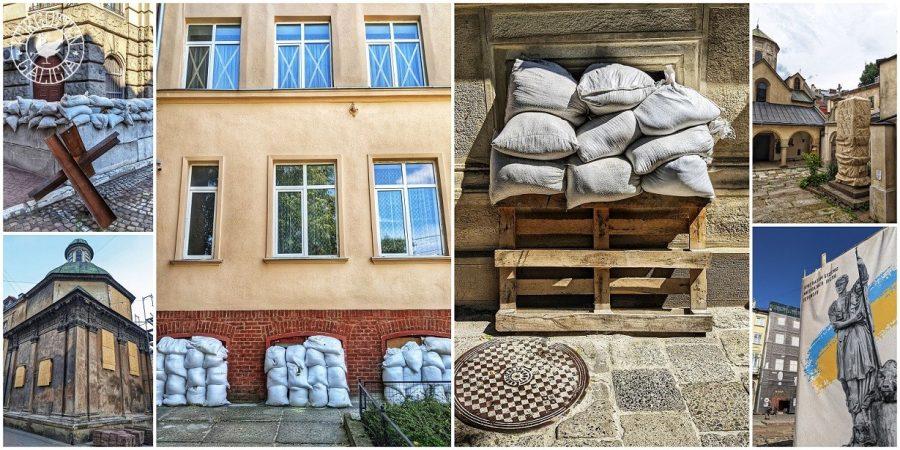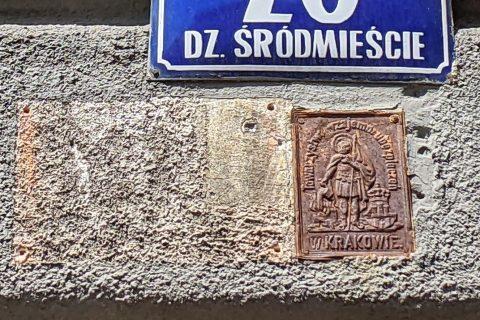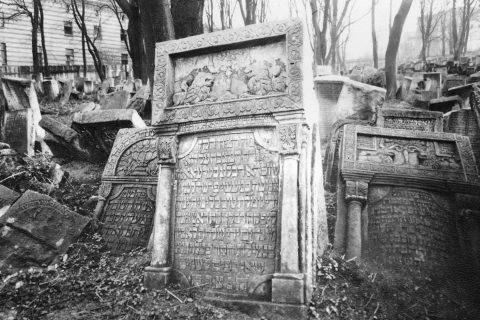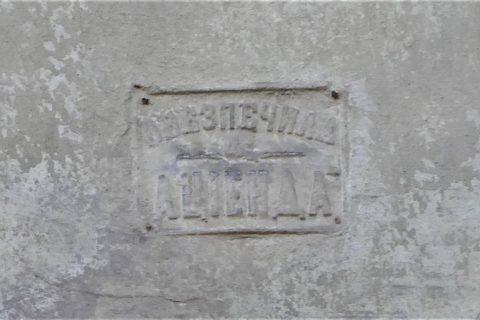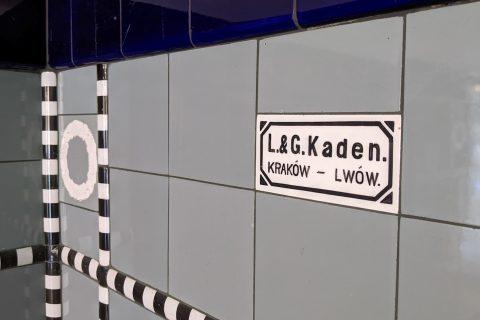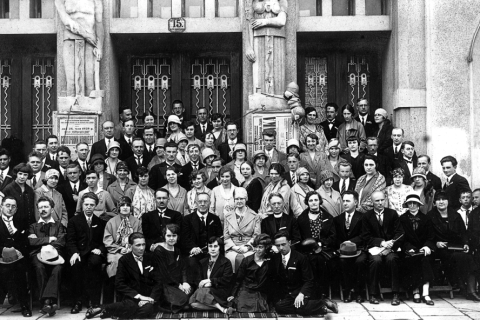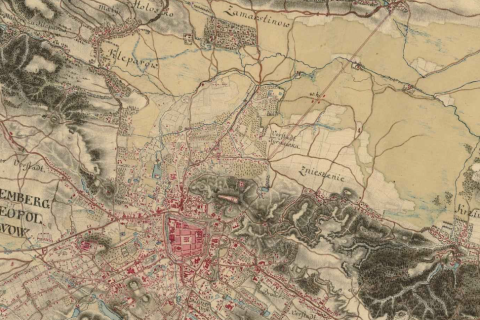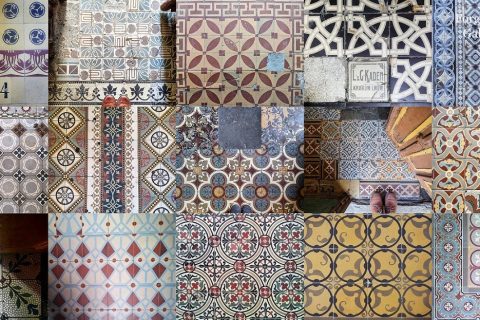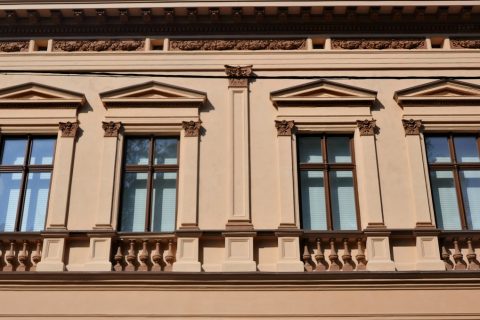Wartime Lviv in Photos: A Look at the Measures to Protect Citizens and Architectural Heritage
Today marks one year since the start of Russia’s full-scale war against Ukraine. One year since I packed a backpack and left for the Polish border, not knowing when or if I would ever return to my home in Lviv. So much can be said about the last year, the […]
Read More
